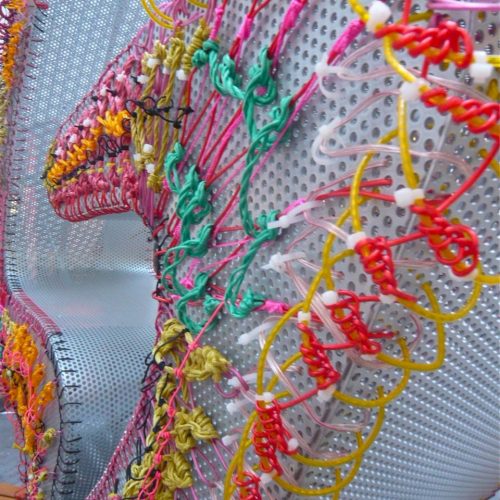
Large scale embroidery
I frequently discuss the idea of exploring scale to my students-at least twice a week! It might be to look at exploring a technique at a smaller, more intricate scale or to do the opposite; take the choice of media or base larger. It is so easy to stick within the limitations of the size of your sketchbook, or to remain firmly in your comfort zone (I should know, for a good portion of my degree I only ever worked on pieces smaller than a sheet of A4, feeling too daunted to go any bigger!), but it can be so beneficial to investigate the possibilities of creating work at different scales. Why? Because however else will you know the true possibilities of your media, or to make that informed decision that one particular scale or proportion works best? The choice of scale in a textile based application such as embroidery is absolutely pivotal to the final aesthetic and visual language of the piece if used- even if it’s only applied in a small section. The selection of yarn weights and thicknesses, the length of your stitches, the surface area covered are all considerations to be made and all involve scale of some kind. What happens when you combine yarn weights? When you vary stitch lengths? When you mix hand and machine embroidery? What would happen if you took a thick yarn and stitched in a very small space? Embroidery very much blurs the boundary between pattern and drawing, and can so often be a good choice of technique to apply to emphasise or create line, to create surface detail and pattern, or to explore colour.
I wanted to draw attention to three textile makers who currently explore embroidery in their practice, but choose to enlarge both their base and stitches to a more architectural scale as I think it is always interesting to view a technique from different angles; this being one of many! All three artists use traditional approaches to stitching; thread count embroidery, cross stitching, tapestry work, free form embroidery and even the basic running stitch, but they all explore things at a larger scale; thicker yarns/cord, larger gaps between their markings, bigger bases to sew into. I hope the following artists allow you to question this idea of a technique at a not particularly conventional scale, and maybe you may try to explore working larger (or smaller!) in your own practice.
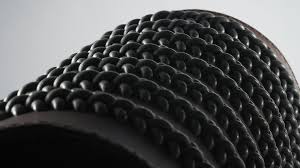
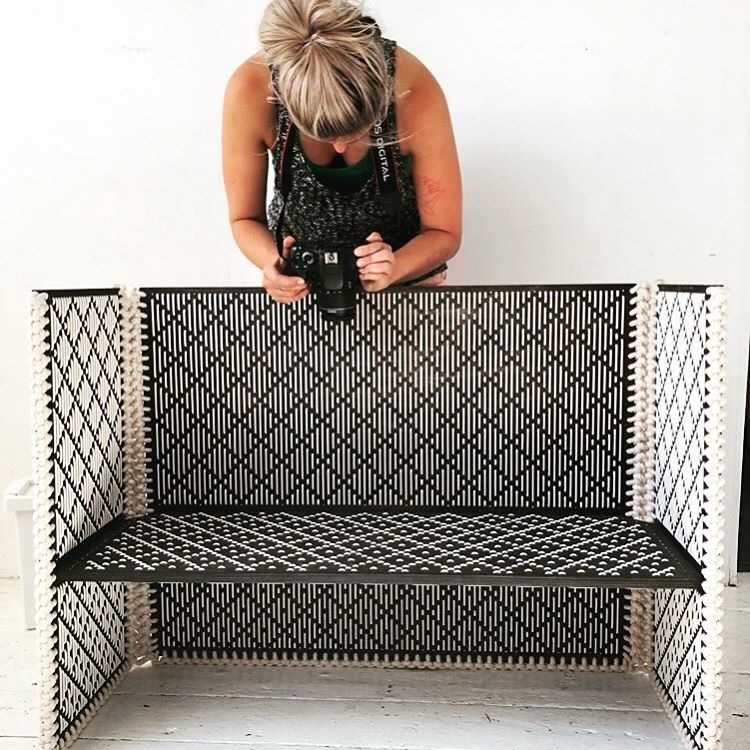
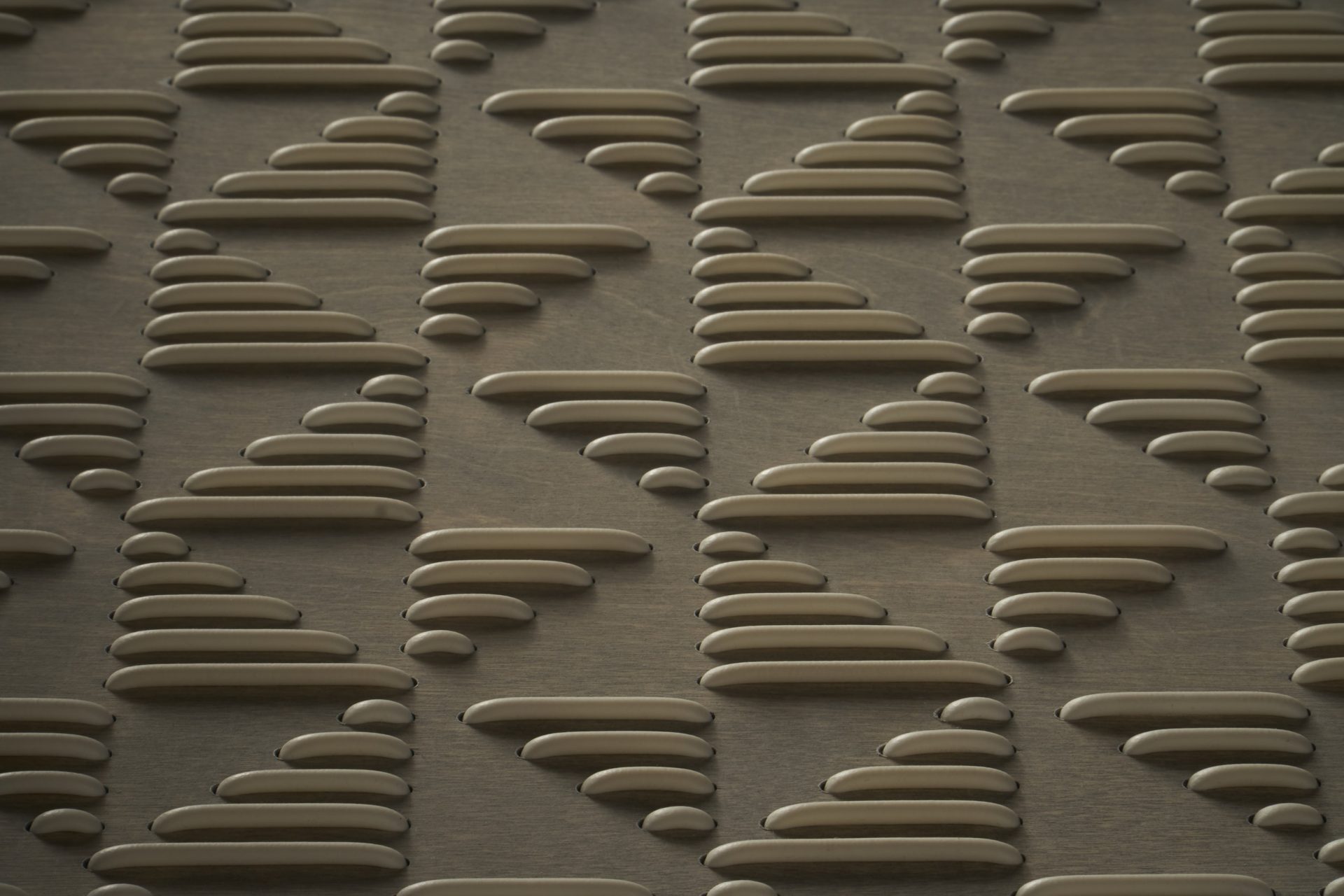
Antigone Lentzos creates beautiful embroidered pieces using a mix of timber, silk and other non-traditional yarns to playfully explore pattern and surface contrast for large scale objects often made for living spaces. I love the contrast of materials with Antigone’s pieces, and the precision with which her stitching applied. I can vouch also that her pieces are just as beautiful from the back!
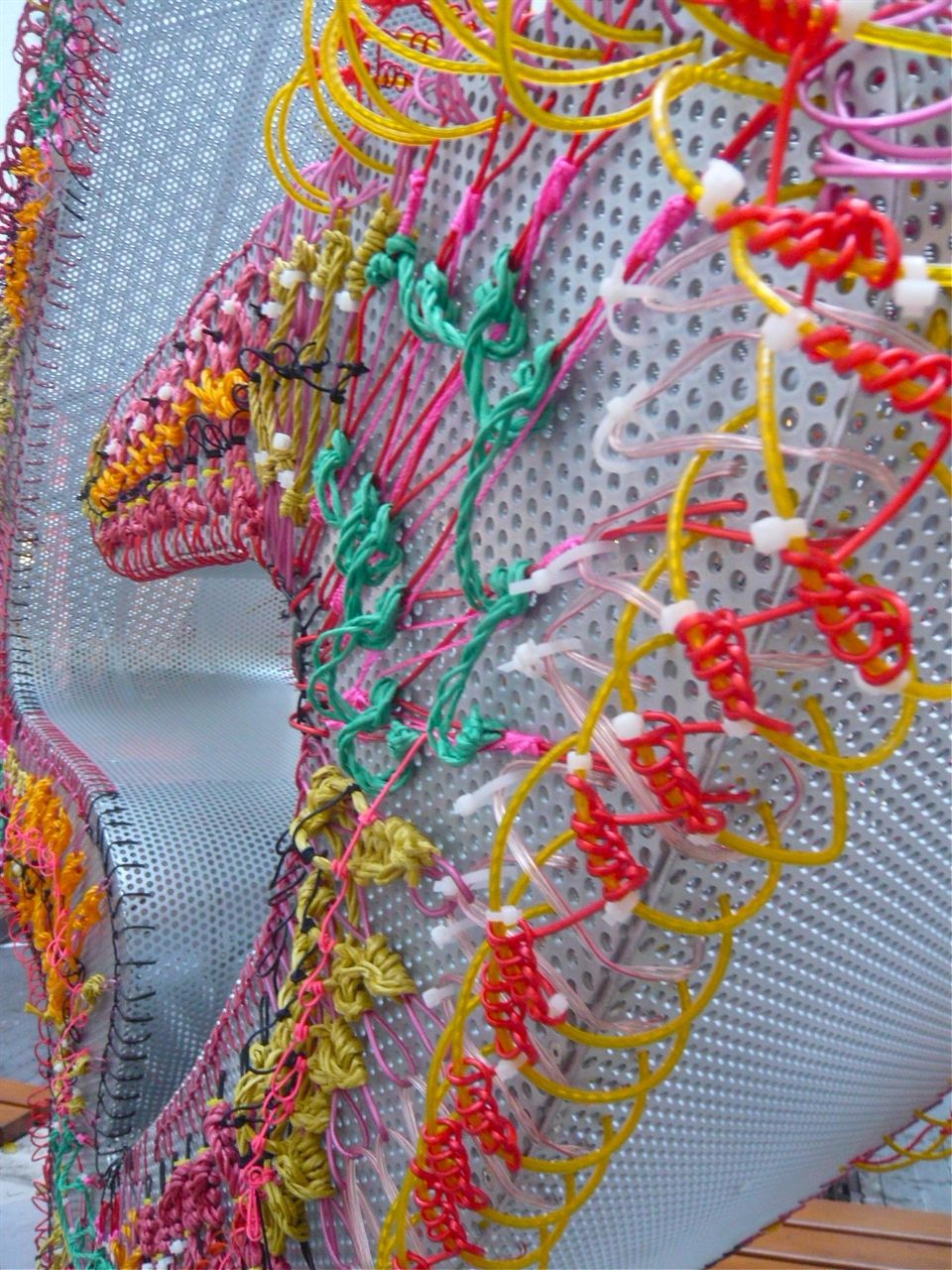
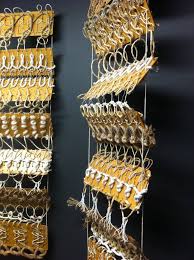
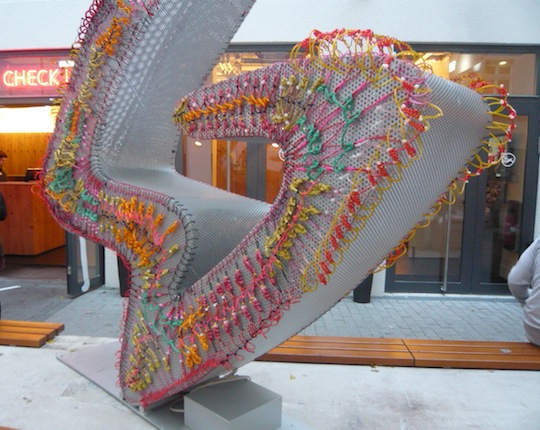
Bella May Leonard creates ‘sculptural embroidery’ works that are fun, colourful and use a variety of media for her ‘yarns’. She works intuitively with the materials she has to hand and works with colour as she goes along. I really like that her stitches often end up keeping their shape but rising out of the piece, and that these in themselves begin to create new patterns and forms.
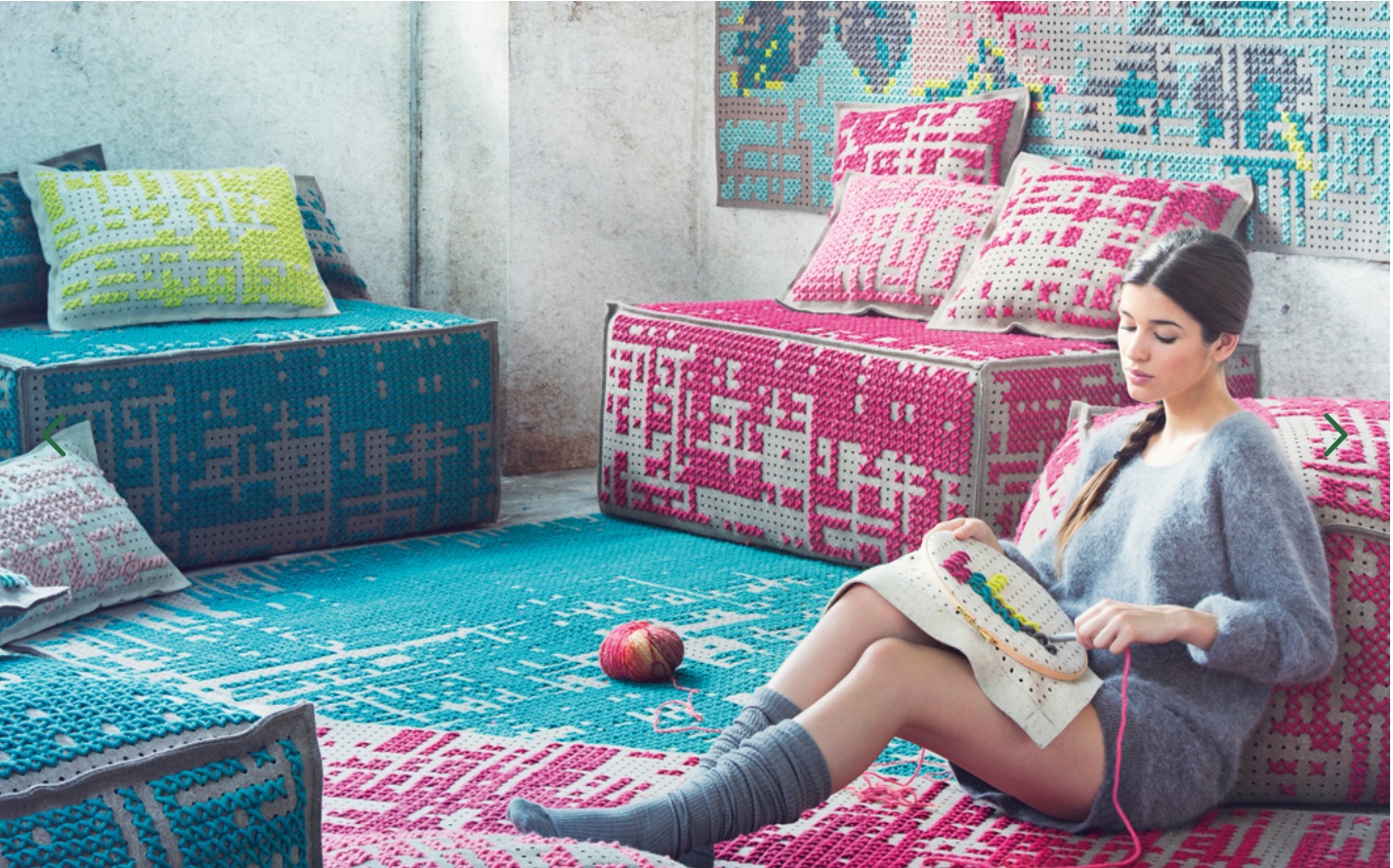
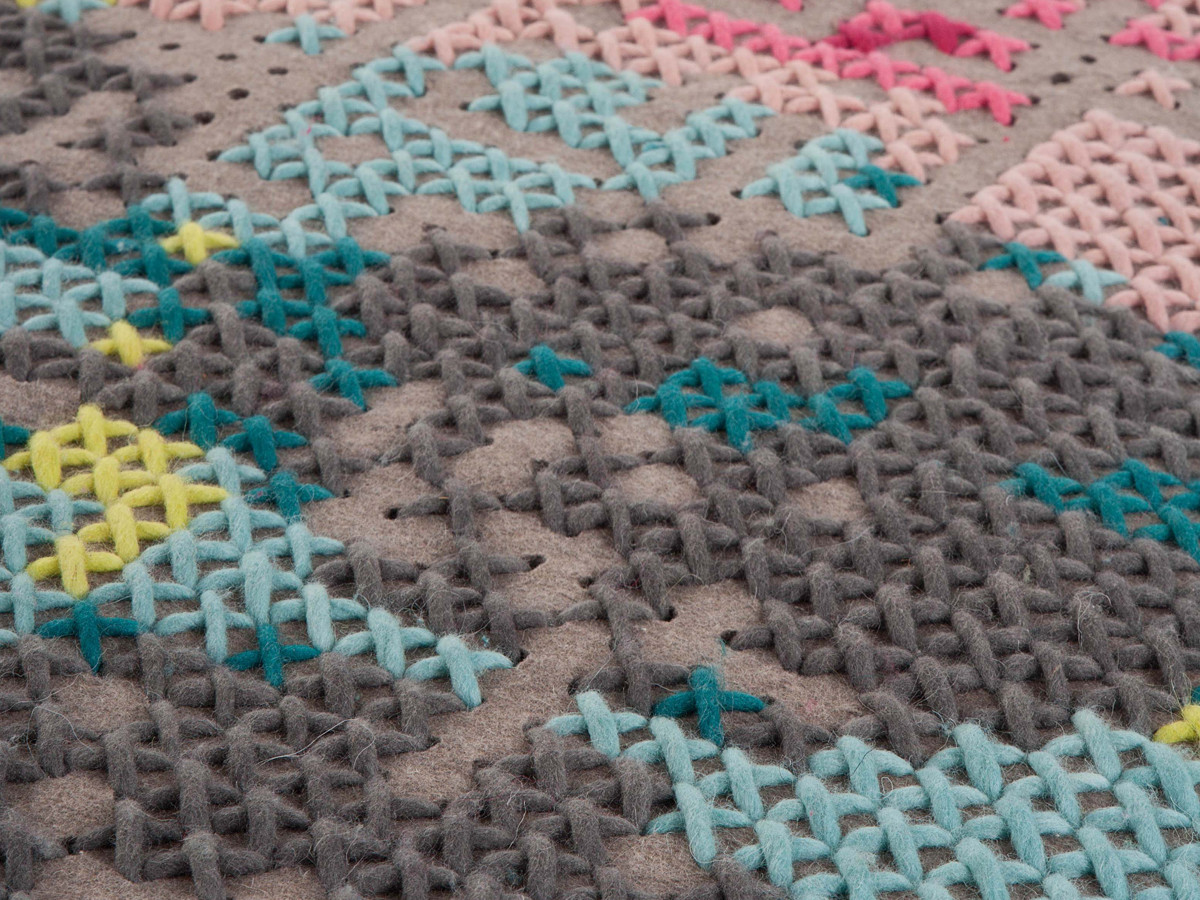
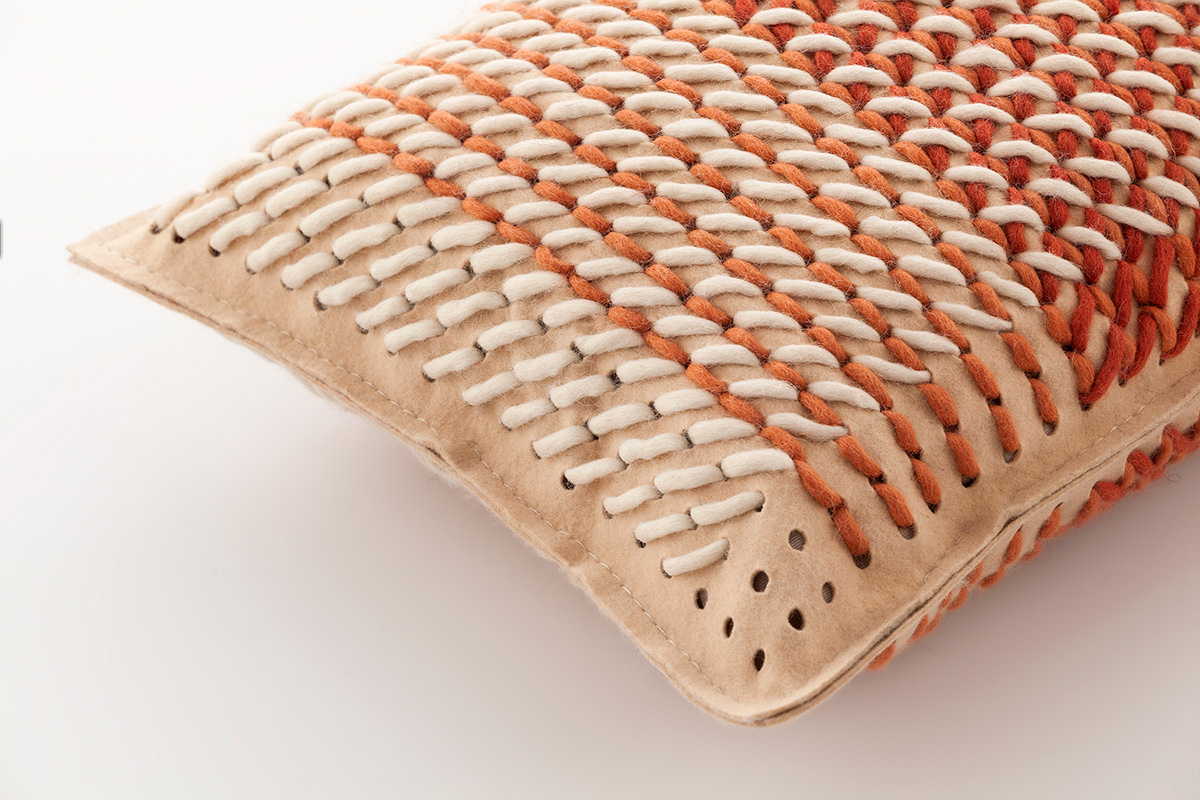
Charlotte Lancelot has a more commercial stance with her embroidered work, but I love her use of colour and pattern and that her fabrics are extremely robust. The basic stitches used at this large scale take on a more abstract, geometric feel and allow for various densities and surface qualities.
|
|





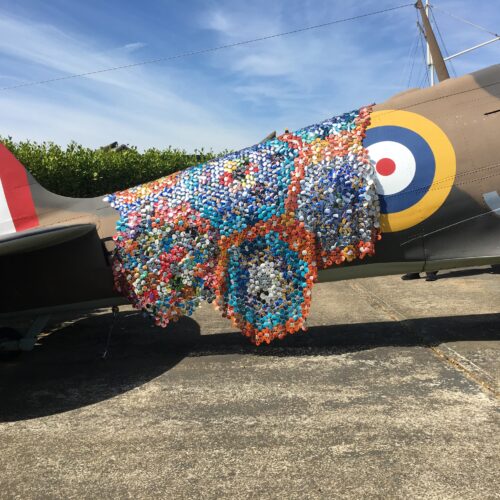

Great post Faye. Thank you : )
I like how the embroidery of Bella May Leonard, seems to be functional as well. very inspiring.
Very interesting! Thank you!
Thank you, always lovely to look at new to me artists . I am trying to push myself to bigger than A3 at the moment so this is really inspiring.